Today, when people visit the south building of the St. Lawrence Market on Front Street, they enter through archways were once a part of Toronto’s first permanent City Hall.
The St. Lawrence Market today, the centre section, outlined by the white stone, was a part of the 1845 City Hall.
In 1803, Governor Peter Hunter ordered that a farmers’ market be created in the town of York. It was to occupy the land south of King Street, east of Church Street, west of Jarvis Street, and north of Front Street. It was to be named the St. Lawrence Market, in honour of the patron saint of Canada.
In 1834, the town of York was incorporated as a city and renamed Toronto. Because there was no City Hall, for a decade after its incorporation, city officials met in a red-brick structure on King Street East, at the north end of the market. This building doubled as both City Hall and market building. It can be seen in the picture below, showing a model of the old market buildings. The market had an rectangular central courtyard for farmers’ carts and wagons. Surrounding the courtyard were sheltered spaces that contained the butchers’ stalls and vegetable stands. The covered section was protected from the whims of the weather.
Model of the St. Lawrence Market buildings on King St. East. The large building at the front of the market (north side), with the three archways, was temporarily Toronto’s City Hall.
A rough sketch by Henry Scadding, drawn in the 1840s. It depicts the building at the front of the market, where the civic officials met. Photos from City of Toronto Archives.
In 1834, when the city was incorporated, its population was 9,000, but by 1844, it had grown to 24,000. With the increased tax base and ever-expanding responsibilities, officials decided that a new City Hall was required. They commissioned Henry Bower Lane to design their first City Hall, which was to be located south of the Market Square, on land that had been reclaimed from the lake. It was the southwest corner of Front and Jarvis Streets. Henry Bower Lane was an experienced architect, having created the west wing and centre block of Osgoode Hall in 1844. He had also designed the Anglican Churches of Little Trinity and Holy Trinity. Both these churches have survived into the present era.
The sum of $52,000 was allocated for the City Hall. It opened in 1845 and was Toronto’s first official City Hall, built of brick, trimmed with white stone. Over the main entrance was a small Greek portico and there was a market building attached to its south side. On the ground floor of the City Hall was Police Station #1. The second floor, which was the equivalent of two storeys, contained the council chamber and mayor’s office. Jail cells and the corn exchange were in the basement. The facade of the City Hall was an impressive 140 feet in length, with extensions on either side of the centre block that contained offices and shops. The centre block contained a pediment (triangular shape) at the top and an ornate cupola above it.
The City Hall and the market building behind it were renovated in 1851, 1868, and 1872. More office space was included, the original facade altered, and numerous shops added. The market continued to operate during the year ahead, famous for its meats, cheeses, vegetables and fresh fruit. However, as the demands of the city’s administration grew, a new City Hall was needed. The first City Hall was abandoned in 1899 when officials relocated to their new building at Bay and Queen Streets (today’s Old City Hall). In 1901, instead of demolishing the first City Hall, it was incorporated into the south market building. The side wings, pediment, and cupola were removed and a new roof, supported by iron beams, erected over the buildings. The large window in the council chamber, which faced south was exposed, making it visible from inside the market building. This created the South Market of the St. Lawrence Market of today.
In 1971, the old south market building and first City Hall were restored. The basement level was gutted and over a hundred small stalls created. The Market Gallery on the second floor opened in March 1979 to feature Toronto’s art collection and exhibits about the city.
The 1845 City Hall at Front and Jarvis Street (City of Toronto Archives). The centre section of this building forms part of the present-day St. Lawrence Market. (The side sections, pediment and cupola were demolished. (Photo from City of Toronto Archives, F 1251, It.0098.
Photo of the 1845 City Hall, the first Coffin Block in the background (Photo from display at St. Lawrence Market)
Sketch of King Street in the 1850s, the arrow pointing to the position of the 1845 City Hall. This was when the lake was immediately to the south of the City Hall. (Photo from display in basement of the St. Lawrence Market)
!849 sketch by F. A Granger, showing a rear view of the 1845 City Hall with its large window that faced south out over the lake. This window can be seen today from the interior of the south building of the St. Lawrence Market.
Diagram showing a side view of the City Hall. The structure at the rear of the market was for venders’ stalls and shops. (Photos from brochure available at the Market Gallery)
Council chamber of the 1845 City Hall. The same room today, which houses the Market Gallery.
The mayor seated in his chair in 1899. The same chair today, in the Market Gallery
The interior of the St. Lawrence Market, a section of the 1845 City Hall in the background over-looking the stalls.
The large window that at one time looked out over the lake. The red and white bricks of the first City hall surrounding the window.
Early morning at the St. Lawrence Market
To view the Home Page for this blog: https://tayloronhistory.com/
To view previous blogs about movie houses of Toronto—historic and modern
Recent publication entitled “Toronto’s Theatres and the Golden Age of the Silver Screen,” by the author of this blog. The publication explores 50 of Toronto’s old theatres and contains over 80 archival photographs of the facades, marquees and interiors of the theatres. It relates anecdotes and stories of the author and others who experienced these grand old movie houses.
To place an order for this book:
Book also available in Chapter/Indigo, the Bell Lightbox Book Store and by phoning University of Toronto Press, Distribution: 416-667-7791
Theatres Included in the Book:
Chapter One – The Early Years—Nickelodeons and the First Theatres in Toronto
Theatorium (Red Mill) Theatre—Toronto’s First Movie Experience and First Permanent Movie Theatre, Auditorium (Avenue, PIckford), Colonial Theatre (the Bay), the Photodrome, Revue Theatre, Picture Palace (Royal George), Big Nickel (National, Rio), Madison Theatre (Midtown, Capri, Eden, Bloor Cinema, Bloor Street Hot Docs), Theatre Without a Name (Pastime, Prince Edward, Fox)
Chapter Two – The Great Movie Palaces – The End of the Nickelodeons
Loew’s Yonge Street (Elgin/Winter Garden), Shea’s Hippodrome, The Allen (Tivoli), Pantages (Imperial, Imperial Six, Ed Mirvish), Loew’s Uptown
Chapter Three – Smaller Theatres in the pre-1920s and 1920s
Oakwood, Broadway, Carlton on Parliament Street, Victory on Yonge Street (Embassy, Astor, Showcase, Federal, New Yorker, Panasonic), Allan’s Danforth (Century, Titania, Music Hall), Parkdale, Alhambra (Baronet, Eve), St. Clair, Standard (Strand, Victory, Golden Harvest), Palace, Bedford (Park), Hudson (Mount Pleasant), Belsize (Crest, Regent), Runnymede
Chapter Four – Theatres During the 1930s, the Great Depression
Grant ,Hollywood, Oriole (Cinema, International Cinema), Eglinton, Casino, Radio City, Paramount, Scarboro, Paradise (Eve’s Paradise), State (Bloordale), Colony, Bellevue (Lux, Elektra, Lido), Kingsway, Pylon (Royal, Golden Princess), Metro
Chapter Five – Theatres in the 1940s – The Second World War and the Post-War Years
University, Odeon Fairlawn, Vaughan, Odeon Danforth, Glendale, Odeon Hyland, Nortown, Willow, Downtown, Odeon Carlton, Donlands, Biltmore, Odeon Humber, Town Cinema
Chapter Six – The 1950s Theatres
Savoy (Coronet), Westwood
Chapter Seven – Cineplex and Multi-screen Complexes
Cineplex Eaton Centre, Cineplex Odeon Varsity, Scotiabank Cineplex, Dundas Square Cineplex, The Bell Lightbox (TIFF)
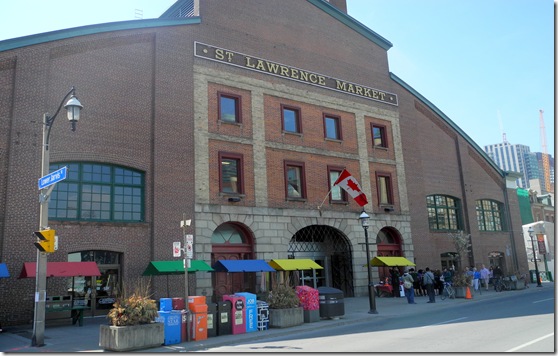
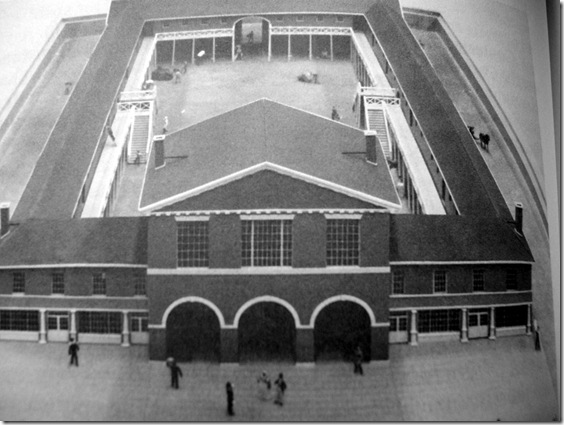
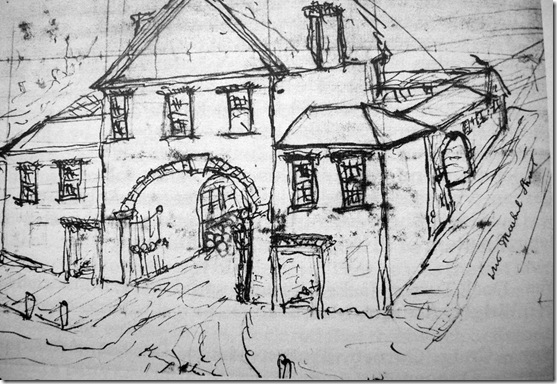
![f1231_it0098[1] f1231_it0098[1]](https://tayloronhistory.com/wp-content/uploads/2012/04/f1231_it00981_thumb.jpg)
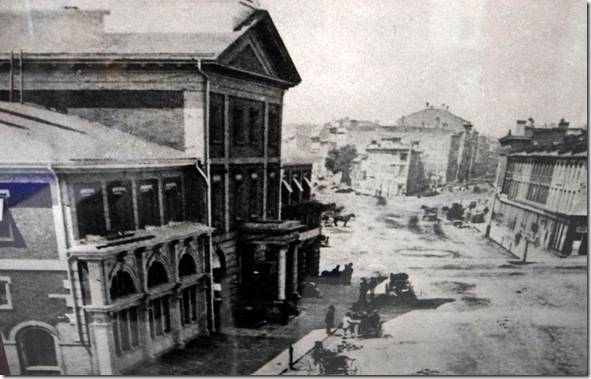
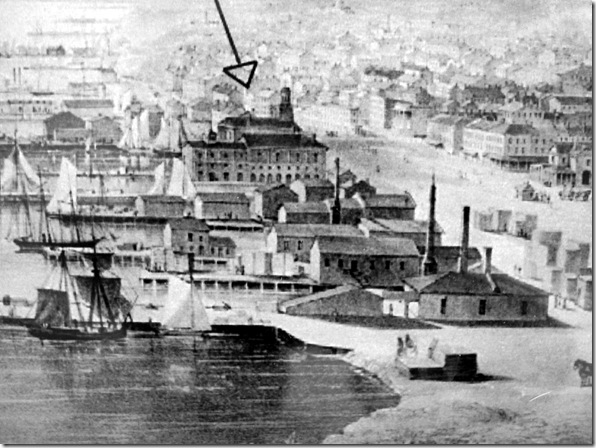
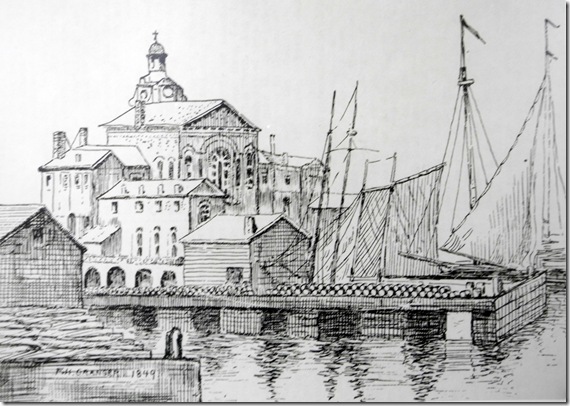
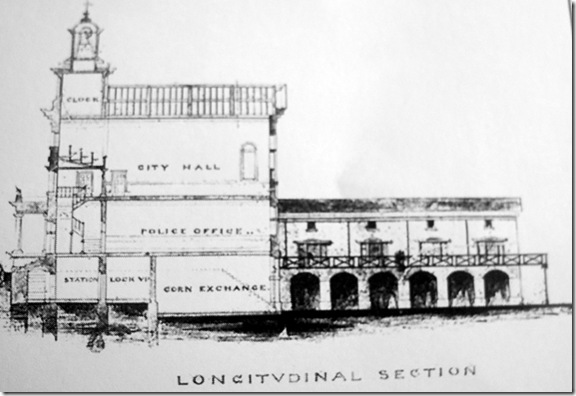
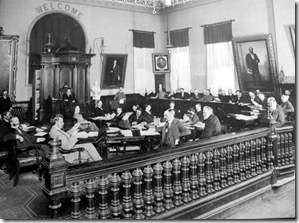
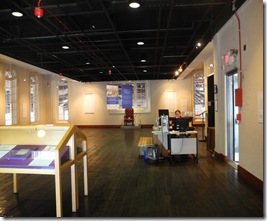
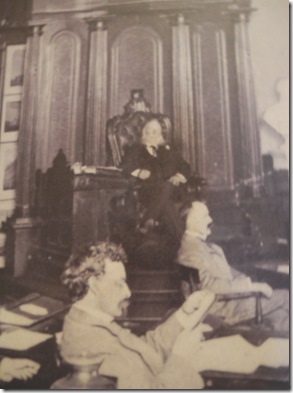
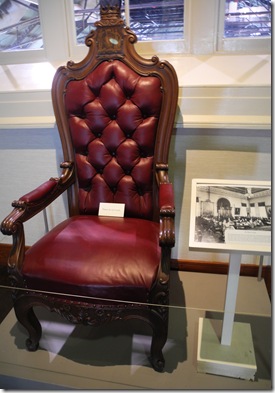
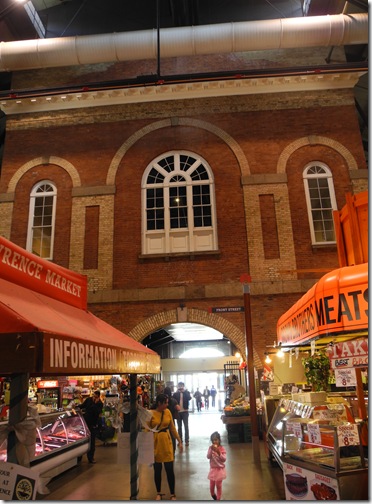
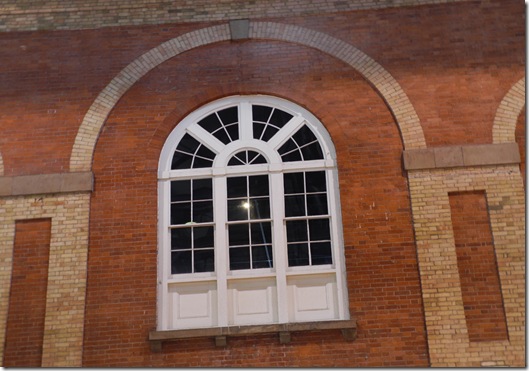
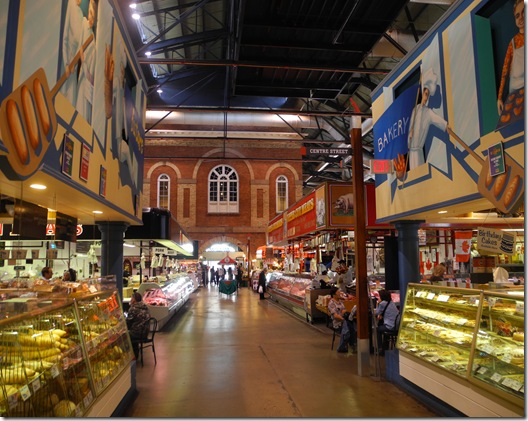
![cid_E474E4F9-11FC-42C9-AAAD-1B66D852[2] cid_E474E4F9-11FC-42C9-AAAD-1B66D852[2]](https://tayloronhistory.com/wp-content/uploads/2015/05/cid_e474e4f9-11fc-42c9-aaad-1b66d8522_thumb2.jpg)
2 thoughts on “Toronto’s first City Hall – now a part of the St. Lawrence Market”